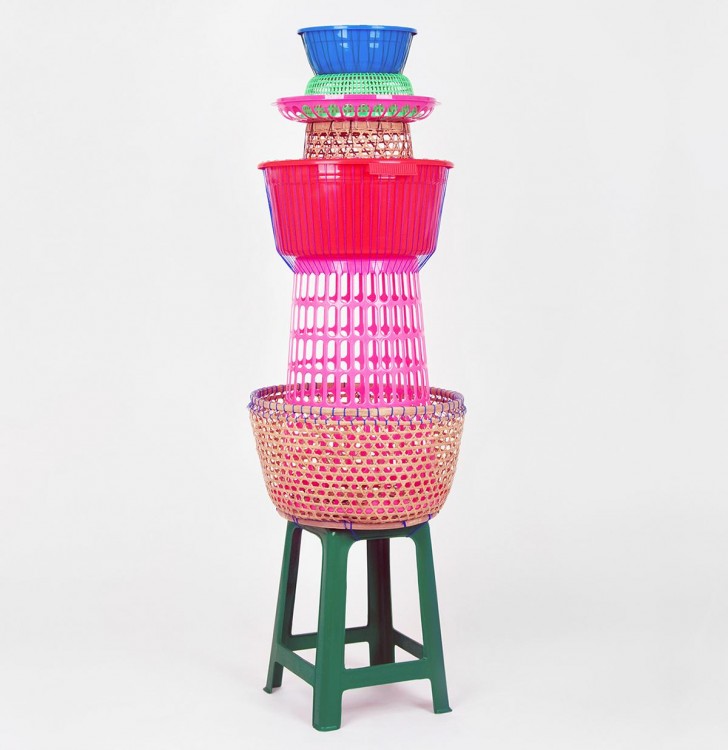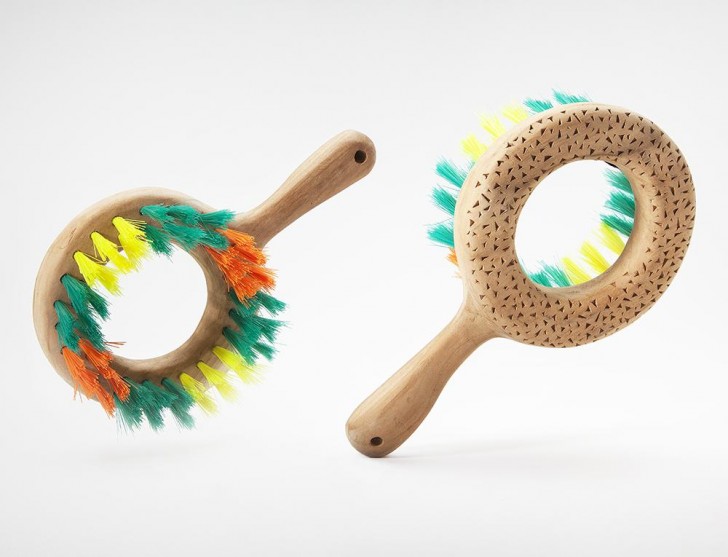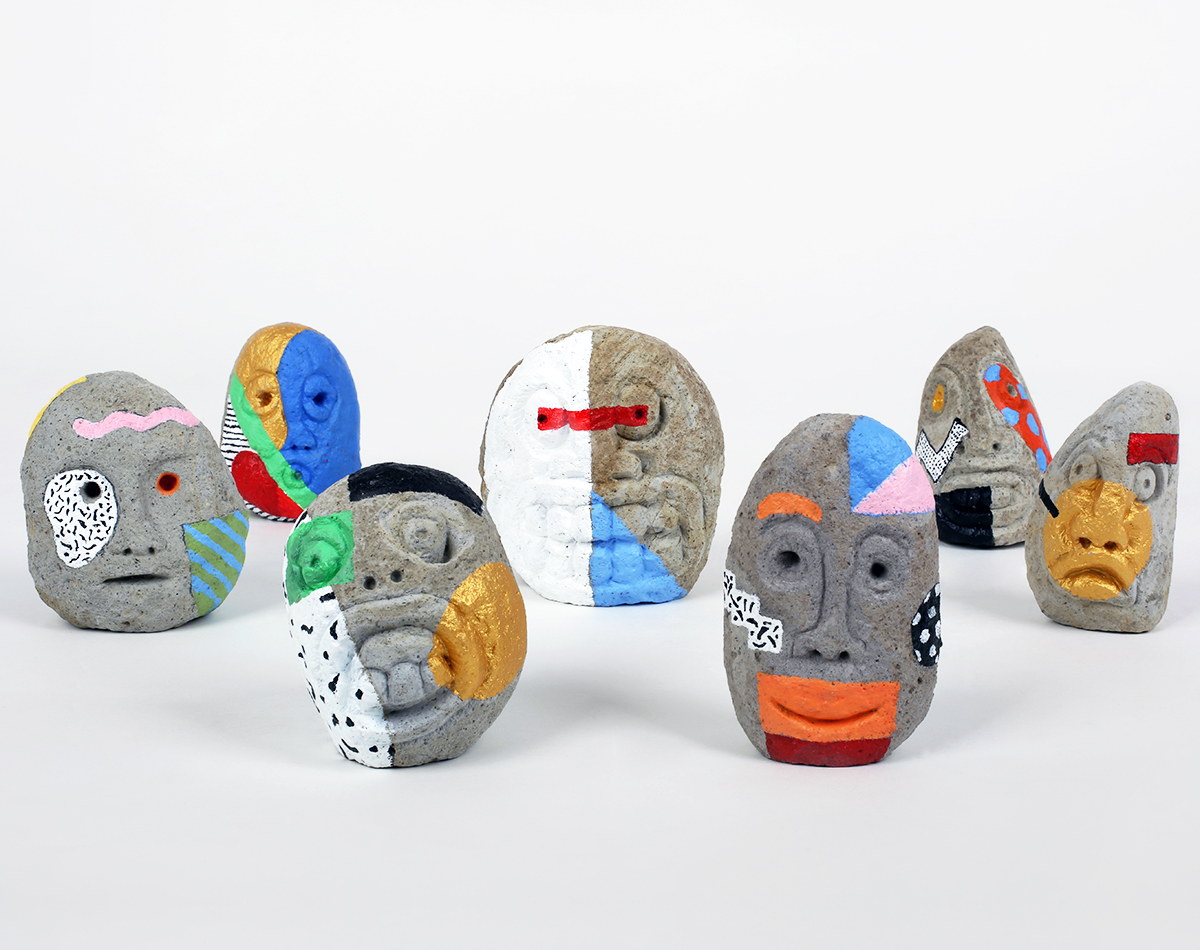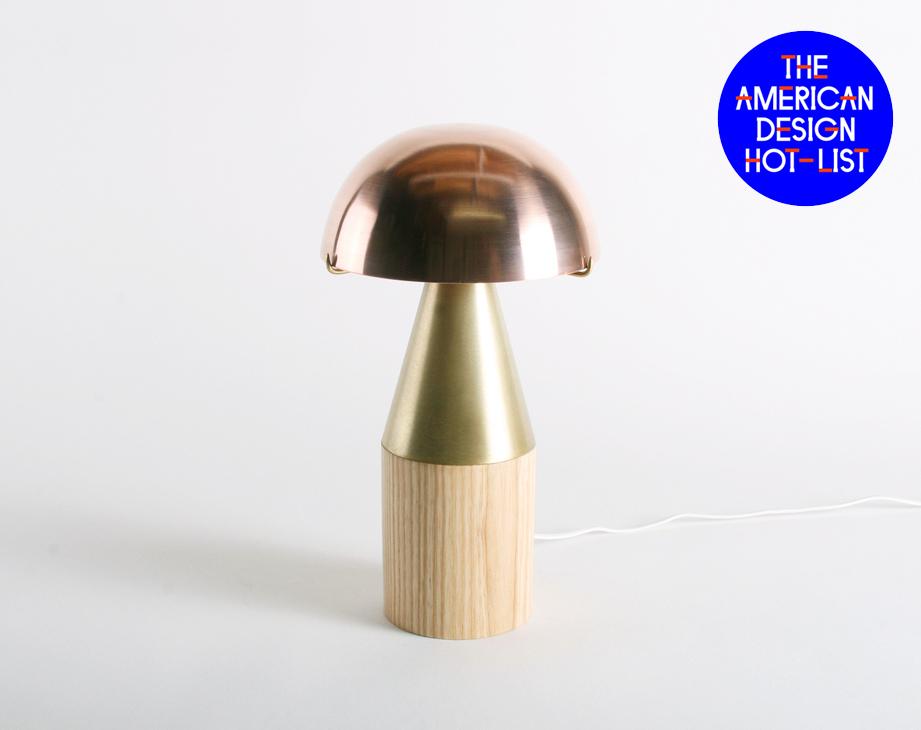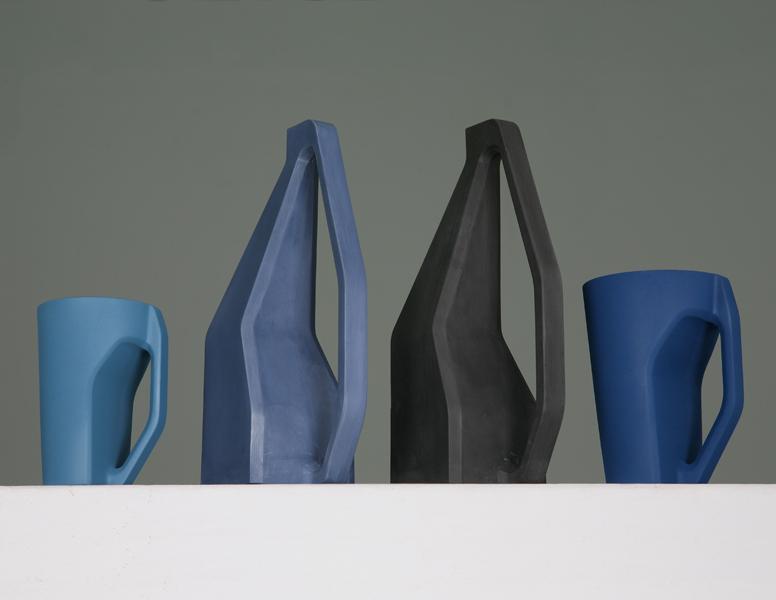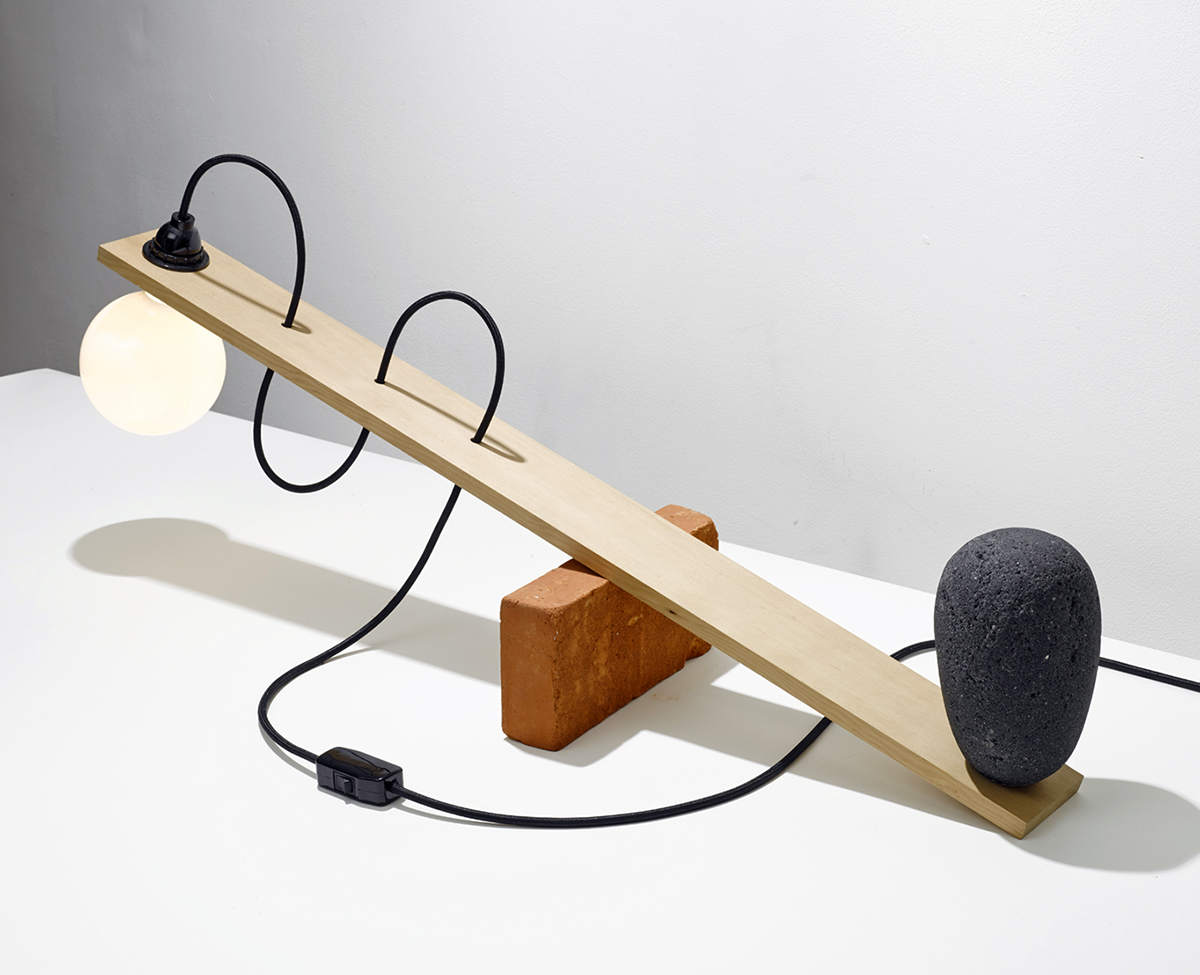
American Design Hot List 2014
Field Experiments
New York, field-experiments.com
The trio — Paul Marcus Fuog, Karim Zariffa, and Benjamin Bryant — launched in the spring with a much-talked-about collection of objects made during a three-month residency in Bali.
What is American design to you, and what excites you about it?
We are a transnational collective now based out of New York (Paul is from Melbourne, Karim is from Montreal, and Ben is from America). This gives us a unique perspective on American design and the cultural conditions here that inform the design landscape. America is a very open and energetic place with a strong inventive spirit. There’s a sense that anything is possible. It’s democratic and (generally) unpretentious. All this plays out in the design here — it’s well-crafted, optimistic, and diverse. It’s an exciting time for American design. It’s very vocal right now and influencing the international conversation. There’s a renewed focus on experimental making and thinking through doing – lots of fresh activity, generally. It was the right move to debut our collection here, and we’re so happy to be part of this vibrant and growing community.
What are your plans and highlights for the upcoming year?
We’ve just launched our new website and online souvenir shop. People can browse and buy our one-off pieces, a small selection of found objects, and our publications. Right now, we’re working on a new project with Kiosk, installing a new piece of work in their brand new store on LaGuardia Place. We’re also discussing a joint field trip for later in the year. We’re also continuing to share our Indonesian project as much as possible. Inspired by the mobile handmade rigs we observed in Bali, used for showcasing and selling a variety of wares, we are designing a mobile souvenir store and plan to tour it far and wide.
Most importantly, we’re going to continue to create without an agenda as much as possible. This is our way of thinking, conversing, and learning. We’re working on a range of multiples for a small selection of stores and we’re extending many of the open-ended ideas that we started playing around with in Bali, shifting their context and experimenting with new materials. Towards the end of next year, we’ll be ready and raring to undertake another Field Experiments project. Right now we’re exploring where that might be. We hope to open the next one up to students of design, so that they can come along for short periods to experience all that it offers.
What inspires your work in general?
We all agree that inspiration doesn’t tap you on the shoulder, you need to go after it. This is what our Field Experiments trips are about. Getting away from the everyday, embedding ourselves somewhere exotic, working outside of fast-paced commercial environments, disconnecting from technology, creating some breathing space and some time to think more freely. During our time in Bali, we absorbed the sights and sounds of everyday life and undertook a more rigorous documentation of the peculiarities and the specialities. We observed the materials in daily use. We studied everyday Balinese objects including agricultural implements, kitchen utensils, traditional dress, domestic essentials, and basic furniture. We documented common makeshift objects like traffic signs, streetlights, and food stands that resembled assemblages, where basic items were bound together in an ad hoc manner to fill an immediate need. We connect with this form of adhoc-ism and it’s something we will continue to expand on in our work.
We also observed the communal and manual ways of working, in particular the myriad of inventive techniques for stacking organic and man-made materials and the creative ways of carrying them from site to site. We compiled more than 500 photographs, and this visual library — along with our day-to-day experiences — will continue to inform and inspire our work for many years to come. We’re super excited about conducting a Field Experiments somewhere completely different, somewhere unexpected, somewhere we currently know very little about. We can’t wait to see how this new location will completely change the look, feel, and function of what we create.
